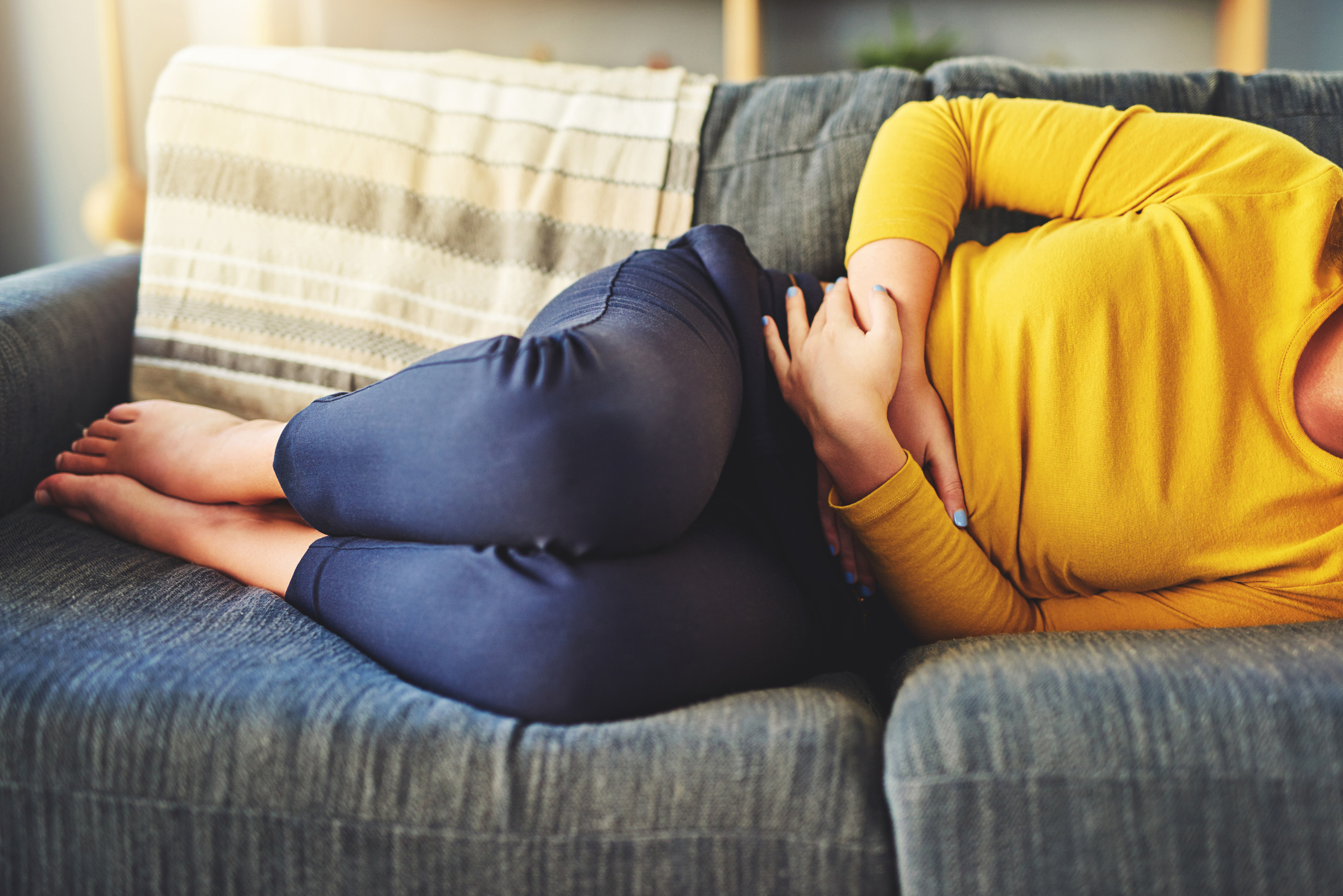

Cadmium is a toxic metal that is of no use at all to the human body. It is a carcinogen and induces neuron cell death. It affects blood pressure and induces bone damage.
And it’s hard to avoid.
Cadmium is found in the paint on decorated glassware and dinnerware. You can be poisoned by cadmium through cigarette smoke, even secondhand smoke.
But even worse, you can ingest this toxin by eating supposedly healthy foods, like lettuce and spinach, grown in contaminated soil.
Cadmium can even hide out in the cocoa solids found in dark chocolate!
Women are especially vulnerable to the toxic effects of cadmium, and now researchers have found yet another way this heavy metal poisons women’s health…
Old news: cadmium and endometrial cancer
Cadmium is a “metalloestrogen,” meaning it can act like the hormone estrogen.
In terms of endometrial cancer, this is bad news.
You see, estrogen helps regulate the growth of your endometrium (the lining of your uterus).
And excess estrogen (also referred to as estrogen dominance) can lead to excess growth in this area, which could become cancerous. That means anything that mimics estrogen (like cadmium) could be fueling unhealthy endometrial growth.
A five-year observational study that included data from over 1500 women showed that high cadmium levels were associated with a 23 percent higher endometrial cancer risk.
The latest: Cadmium in urine linked to endometriosis
While it’s not cancer, endometriosis is a painful condition that can severely impair a woman’s daily functions and personal relationships.
When left untreated, endometriosis can also lead to ectopic pregnancy and small bowel obstruction, either one of which can be fatal.
In addition, the constant pain of endometriosis equates to higher levels of anxiety and depression.
A Michigan State University study is the largest study to date to look at cadmium measured in the urine, which reflects long-term exposure (between ten and thirty years).
The researchers used data from the National Health and Nutrition Examination Survey, which examined a representative sample of the U.S. population between 1999 and 2006.
Subjects were limited to women ages 20 to 54 with a diagnosis of endometriosis.
The women were divided into four groups, or quartiles, with the first having the lowest exposure to cadmium and the fourth having the highest exposure.
They found that women in the second and third quartiles were twice as likely to have been diagnosed with endometriosis than those in the first.
But more startling, their data suggests a sixty percent increase in endometriosis diagnoses from the third to the fourth quartile.
Natural ways to eliminate cadmium
It’s pretty clear that cadmium is something women need to avoid.
But how can you begin to avoid it? And how can you remove the toxic metal already in your system?
First, let’s talk about avoiding it…
- Don’t smoke and avoid secondhand smoke.
- In addition to decorative dishes as a source of exposure, some costume jewelry, including decorative pieces on clothing, like chains and bobbles, have tested positive for cadmium.
- Fruit juices, plant-based milk and teas have also been found to harbor dangerous amounts of cadmium and other heavy metals.
But our exposure through air pollution may be the most difficult to avoid. That makes it necessary to consider helping your body expel cadmium and other harmful heavy metals.
That leads us to chelation. Chelation is the process of using chelators — substances that bond molecules to metal ions so they can be eliminated naturally by the body.
- Start with probiotics. Mice who were given cadmium-laced water and fed a probiotic containing Lactobacillus plantarum for eight weeks had less cadmium in their intestinal tissues than mice who weren’t given the probiotic. The excess cadmium was excreted in their feces and there’s every reason to believe that the same can work for humans.
- EDTA (ethylene diamine tetra-acetic acid) is a synthetic amino acid that has been shown to bind to the heavy metals lead, zinc, cadmium, and calcium and expel them through the urine. EDTA can be administered intravenously or orally.
Make sure your zinc and selenium levels are where they should be. They are both protective against cadmium (and lead) toxicity.
Foods that are protective against cadmium toxicity, some because of their antioxidant capacity, include:
- Green tea
- Grapes
- Tomatoes
- Garlic
- Onions
Foods you’ll want to reduce or avoid to keep your cadmium levels down include liver, oysters, scallops, and mussels.
Sources:
Study links cadmium levels in women’s urine to endometriosis — Science Daily
Urinary cadmium and endometriosis prevalence in a US nationally representative sample: results from NHANES 1999–2006 — Human Reproduction
Can a person die from endometriosis? — Medical News Today
Dietary Strategies for the Treatment of Cadmium and Lead Toxicity — Journal Nutrients

